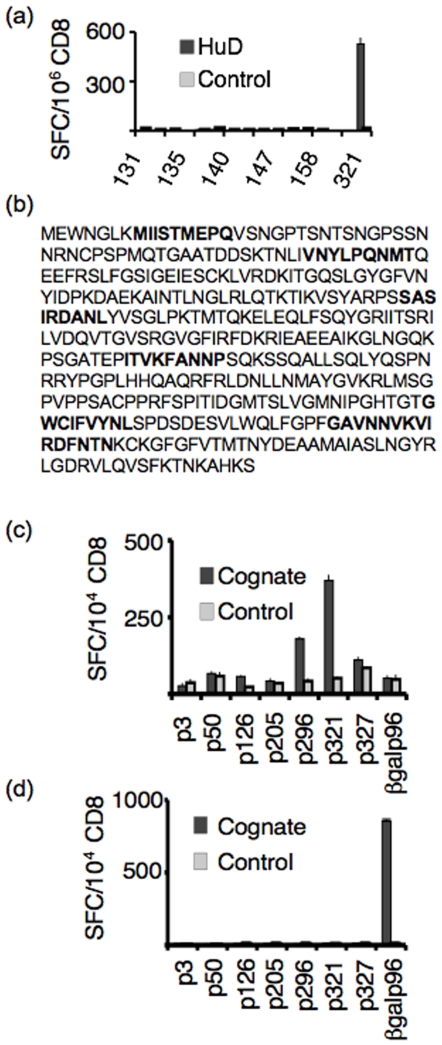Figure 1. p321 is the immunodominant CD8+ T cell epitope of HuD.
(a) A representative peptide screen of 16 HuD peptides. Individual or duplicate C57BL/6 mice were immunized with a single HuD peptide emulsified in TiterMax adjuvant. 7 days later, CD8+ T cells were harvested from draining lymph nodes and plated in an IFNγ ELISPOT assay (2×105/well) with EL4 cells pulsed with 10 uM cognate or irrelevant peptide (5×104/well). The assay was performed in triplicate. Means are plotted and error bars represent standard deviations of the mean. Positive peptides were re-screened in triplicate mice. (b) 7 peptides (in bold) were identified as potential CD8+ epitopes from the HuD protein sequence. (c) C57BL/6 mice were immunized with AdVHuD plus PTx. 13 days after immunization, splenocytes were divided into 8 in vitro stimulation cultures and stimulated with each of the 7 HuD peptides or βgal p96. CD8+ T cells were purified from stimulation cultures and plated (104 T cells/well) with cognate or irrelevant peptide-pulsed irradiated EL4 cells (5×104/well) in an IFNγ ELISPOT assay. The assay was performed in triplicate. Means are plotted and error bars represent standard deviations of the mean. Data is representative of three experiments. (d) As a control for in vitro priming, C57BL/6 mice were immunized with AdVβgal+PTx and stimulated in vitro with each of the 7 potential HuD epitopes or βgal p96 and assayed for IFNγ secretion as in (c).

